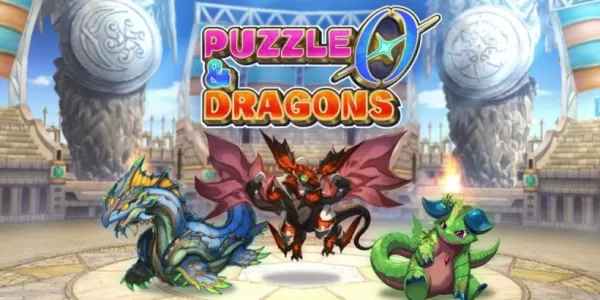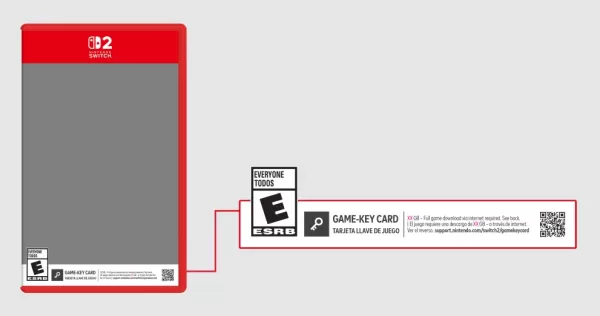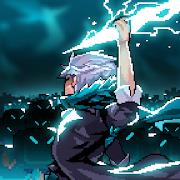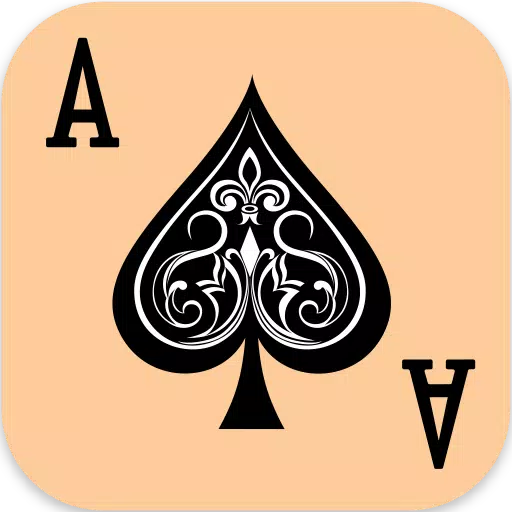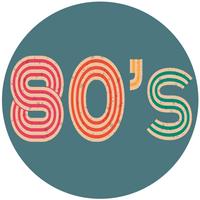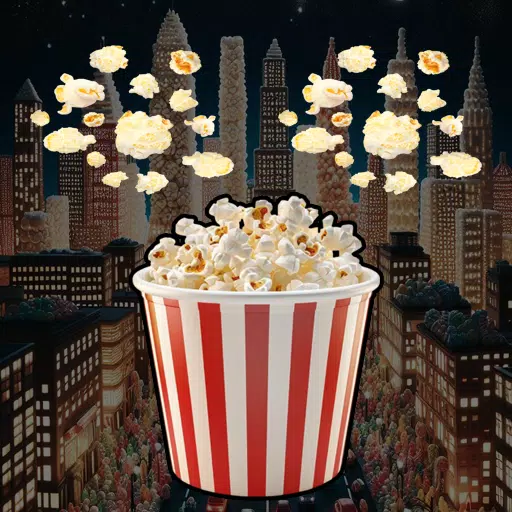This article delves into the psychological symbolism behind the terrifying creatures inhabiting the Silent Hill universe. Unlike many survival horror games focused on external threats, Silent Hill explores the inner turmoil of its protagonists, manifesting their deepest fears and traumas through the town's supernatural influence. This psychological depth is a hallmark of the series.
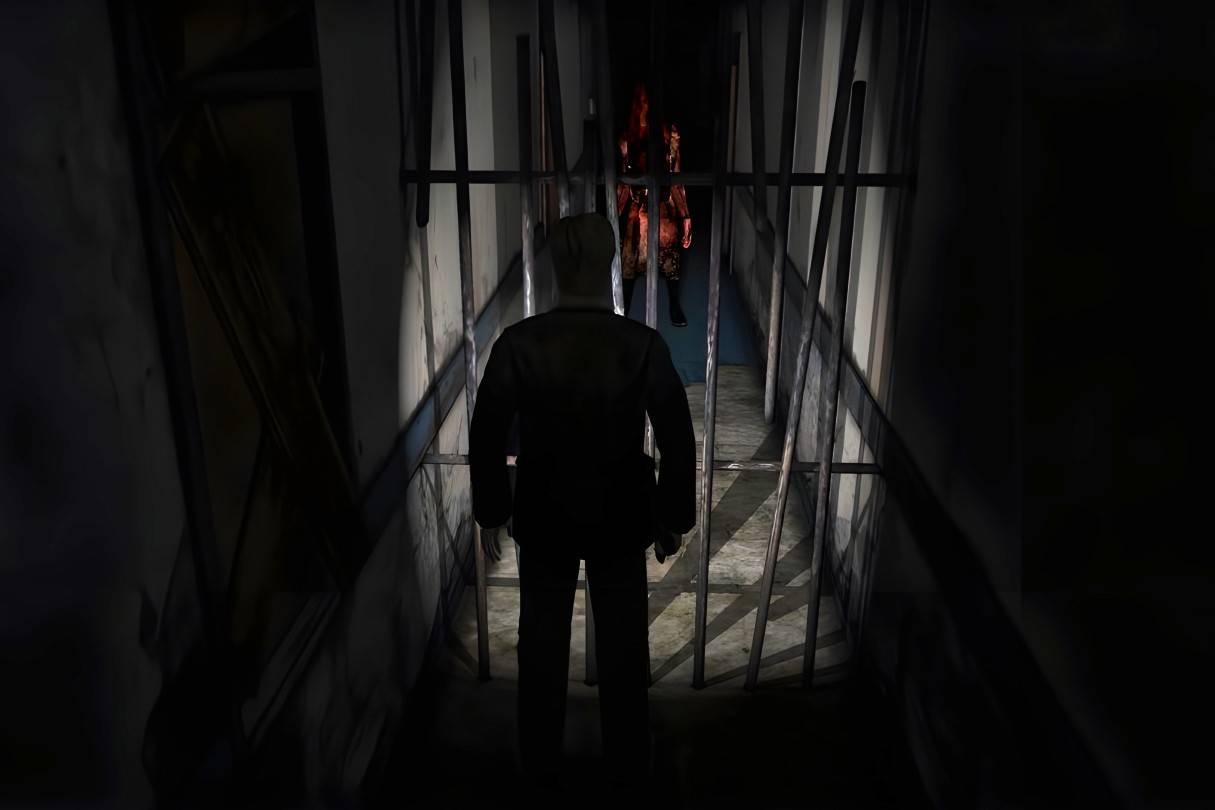 Image: ensigame.com
Image: ensigame.com
The game's heavy use of symbolism and intricate narrative can be challenging to decipher, but the developers have strategically woven clues throughout the games to aid in interpretation. This exploration examines the meaning behind these nightmarish creations. Spoiler alert!
Table of Contents
- Pyramid Head
- Mannequin
- Flesh Lip
- Lying Figure
- Valtiel
- Mandarin
- Glutton
- Closer
- Insane Cancer
- Grey Children
- Mumblers
- Twin Victims
- Butcher
- Caliban
- Bubble Head Nurse
Pyramid Head
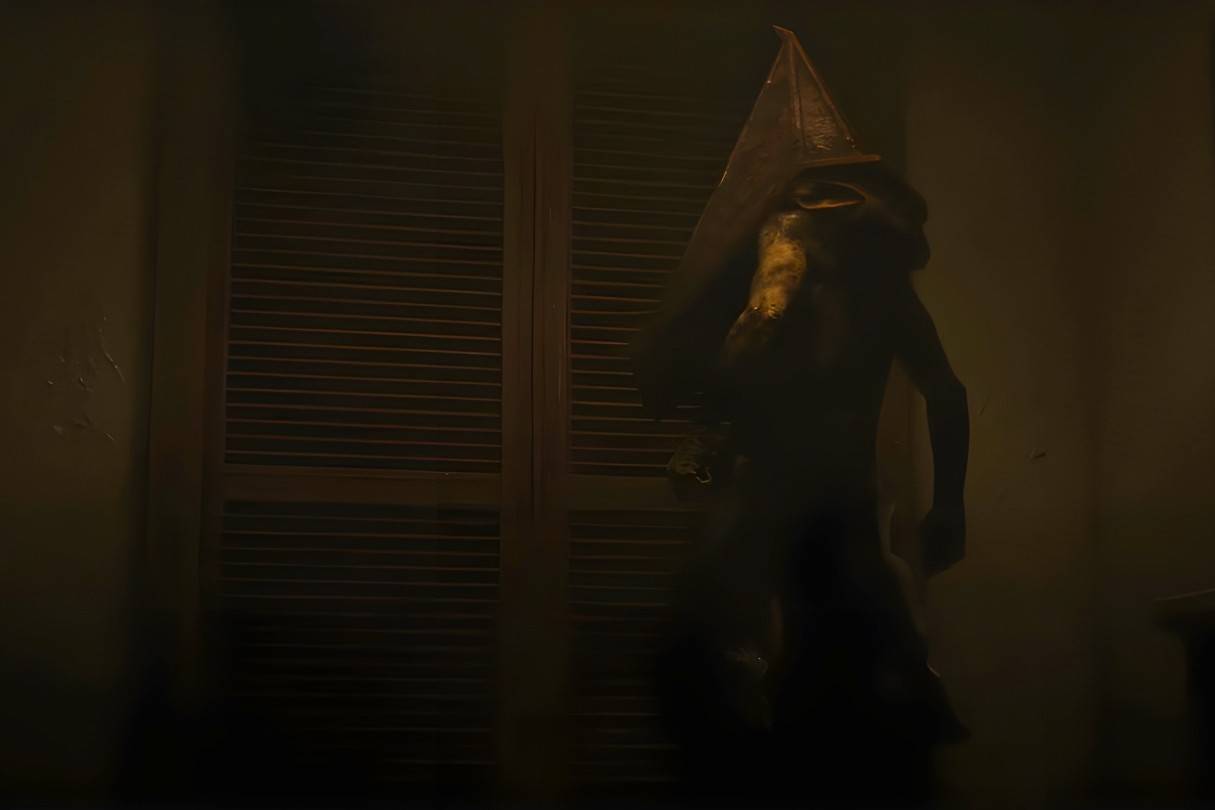 Image: ensigame.com
Image: ensigame.com
First appearing in Silent Hill 2 (2001), Pyramid Head is a manifestation of protagonist James Sunderland's guilt and self-reproach. His distinctive hand design, according to creator Masahiro Ito, was partly a result of PS2 hardware limitations, optimizing polygon count while retaining expressive movement. Takayoshi Sato described him as a "distorted memory of the executioners," reflecting Silent Hill's dark history of capital punishment. Pyramid Head acts as both James' tormentor and a reflection of his subconscious desire for self-punishment.
Mannequin
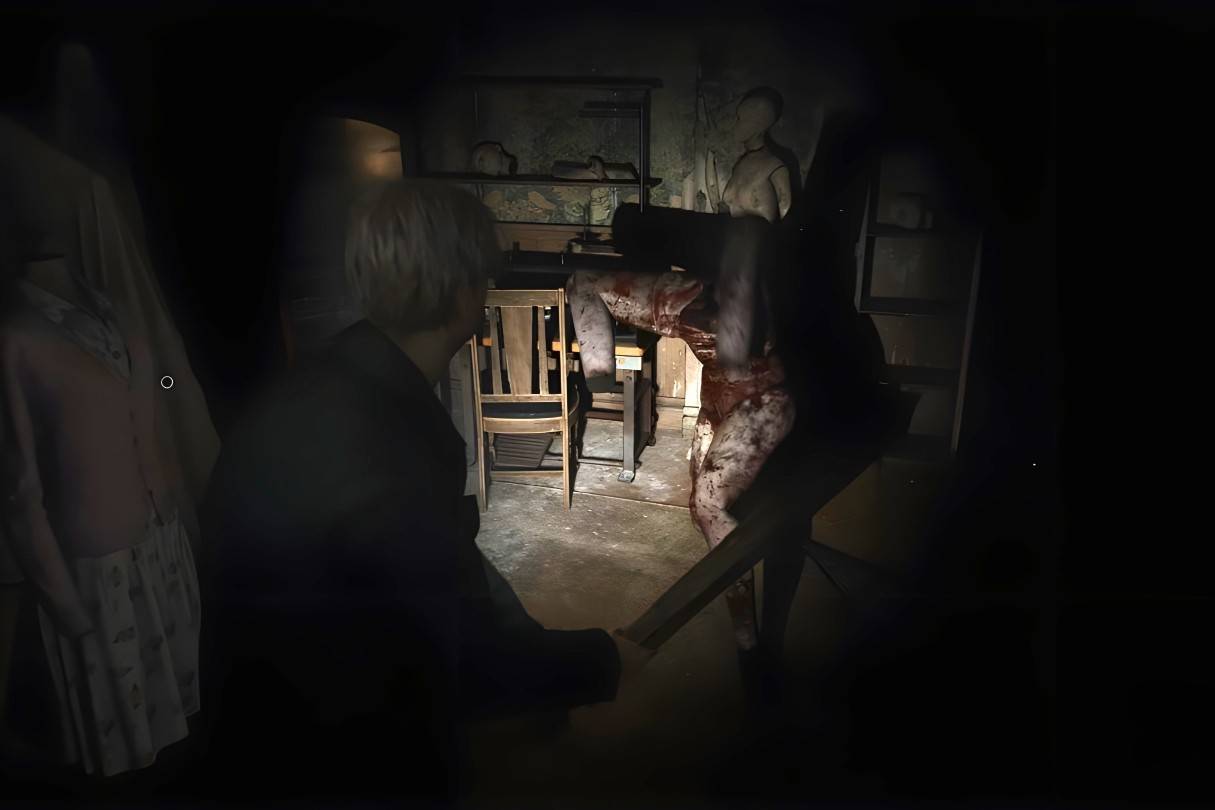 Image: ensigame.com
Image: ensigame.com
Introduced in Silent Hill 2 (2001), the Mannequins are among nine manifestations of James Sunderland's subconscious, represented by nine red squares. Their design, by Masahiro Ito, draws inspiration from Japanese folklore. These unsettling figures embody James' suppressed memories of his wife's illness. Their leg braces resemble Mary's orthotics, and the tubes on their bodies evoke hospital imagery. Influenced by Freudian psychoanalysis, the Mannequins represent James' suppressed desires and guilt.
Flesh Lip
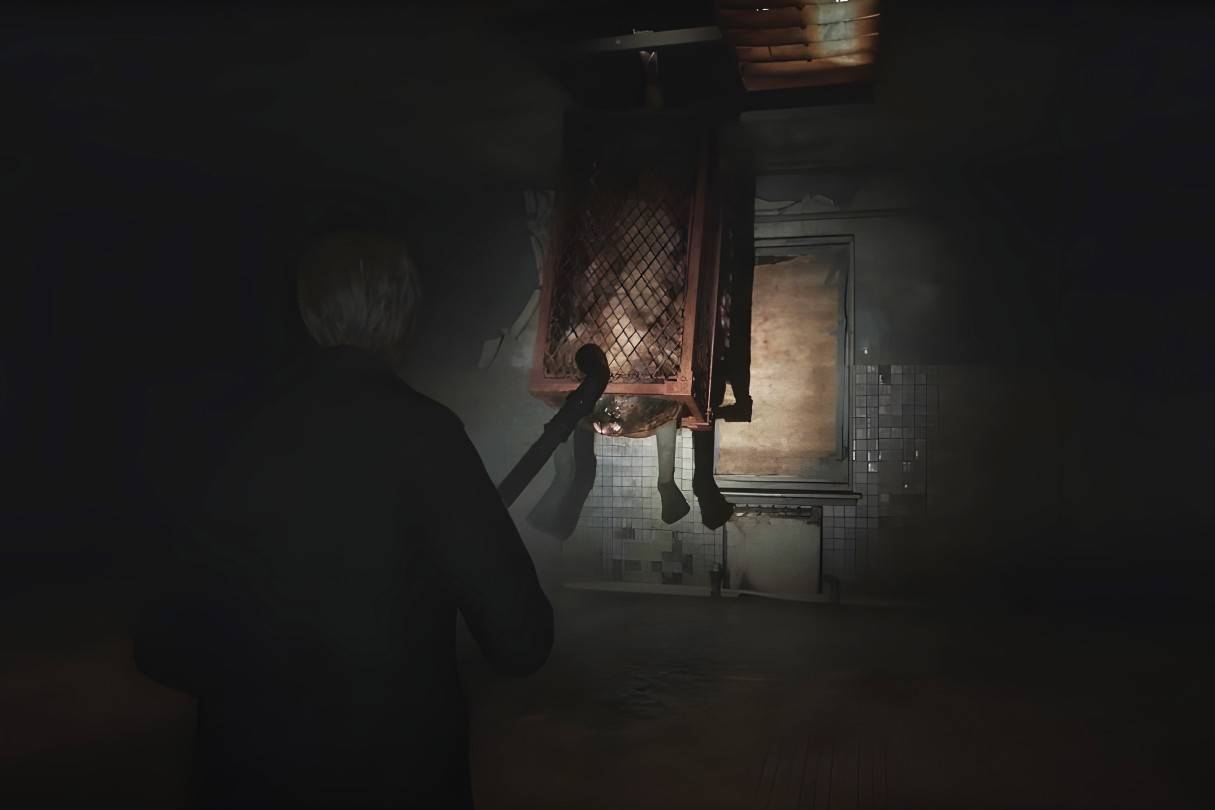 Image: ensigame.com
Image: ensigame.com
Debuting in Silent Hill 2 (2001), Flesh Lip is another manifestation of James Sunderland's subconscious, designed by Masahiro Ito and inspired by Isamu Noguchi's Death (Lynched Figure) and Joel-Peter Witkin's Man with No Legs. It later appeared in Silent Hill: Book of Memories (2012) and other adaptations. This creature represents James' memory of Mary in her weakened state. Its hanging form, bound to a metal lattice, resembles a hospital bed, while its raw, damaged flesh mirrors Mary's illness. The mouth on its abdomen symbolizes her verbal attacks during her final days. Significantly, Silent Hill 2 introduces creatures with mouths only after Flesh Lip's appearance, emphasizing James' confrontation with painful memories.
Lying Figure
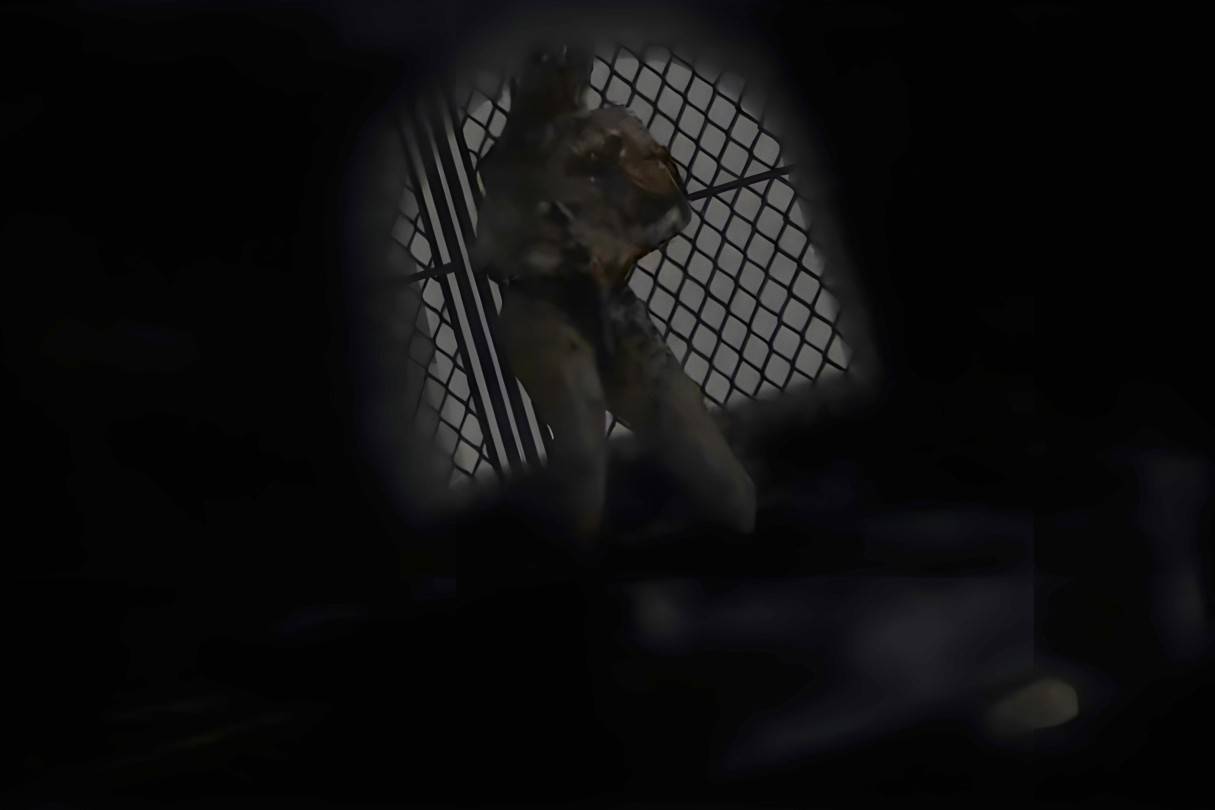 Image: ensigame.com
Image: ensigame.com
Lying Figures, first encountered by James Sunderland in Silent Hill 2 (2001), later appeared in films, comics, and the game's remake. These creatures embody James' repressed guilt and memories of Mary's suffering. Their contorted bodies resemble hospital patients in agony, while their upper torsos resemble body bags, symbolizing death. The name "Lying Figure" refers to both Mary's sickbed and her lifeless body.
Valtiel
 Image: ensigame.com
Image: ensigame.com
Valtiel, introduced in Silent Hill 3 (2003), is a mysterious figure associated with the Order, the town's cult. His name combines "valet" (French for "attendant") with the angelic suffix "-el," signifying "Attendant of God." He also appeared in Silent Hill: Revelation (2012). Unlike most creatures, Valtiel isn't a subconscious manifestation but an independent entity serving a higher power. His masked, robed appearance resembles a surgeon, reinforcing his role in Heather's transformation into the "mother" of God.
Mandarin
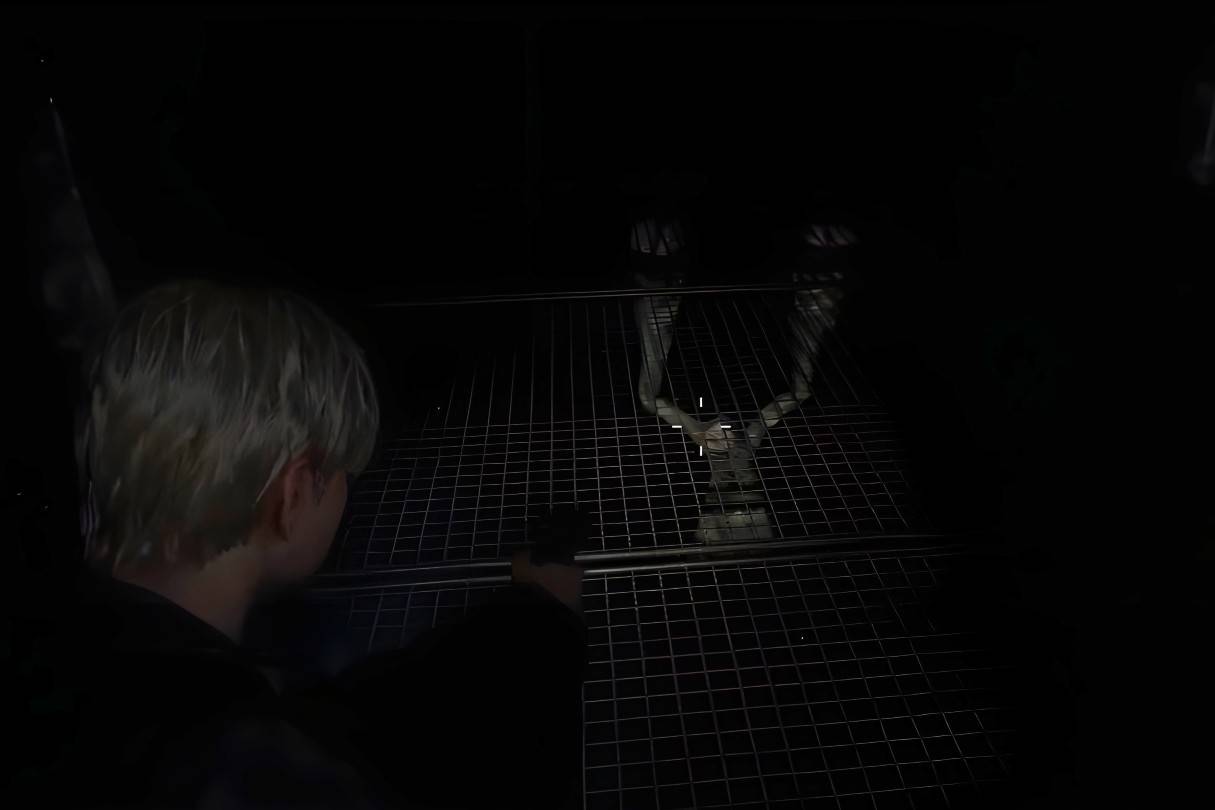 Image: ensigame.com
Image: ensigame.com
These grotesque creatures, found lurking in the Otherworld in Silent Hill 2 (2001), are suspended beneath metal grates and attack James Sunderland with tentacle-like appendages. They embody James' anguish and memories of Mary's suffering. Their orifice-like mouths align with Silent Hill 2's recurring "mouth" motif, symbolizing Mary's inner turmoil and anger. Their subterranean confinement reflects James' subconscious desire to escape his guilt and pain.
Glutton
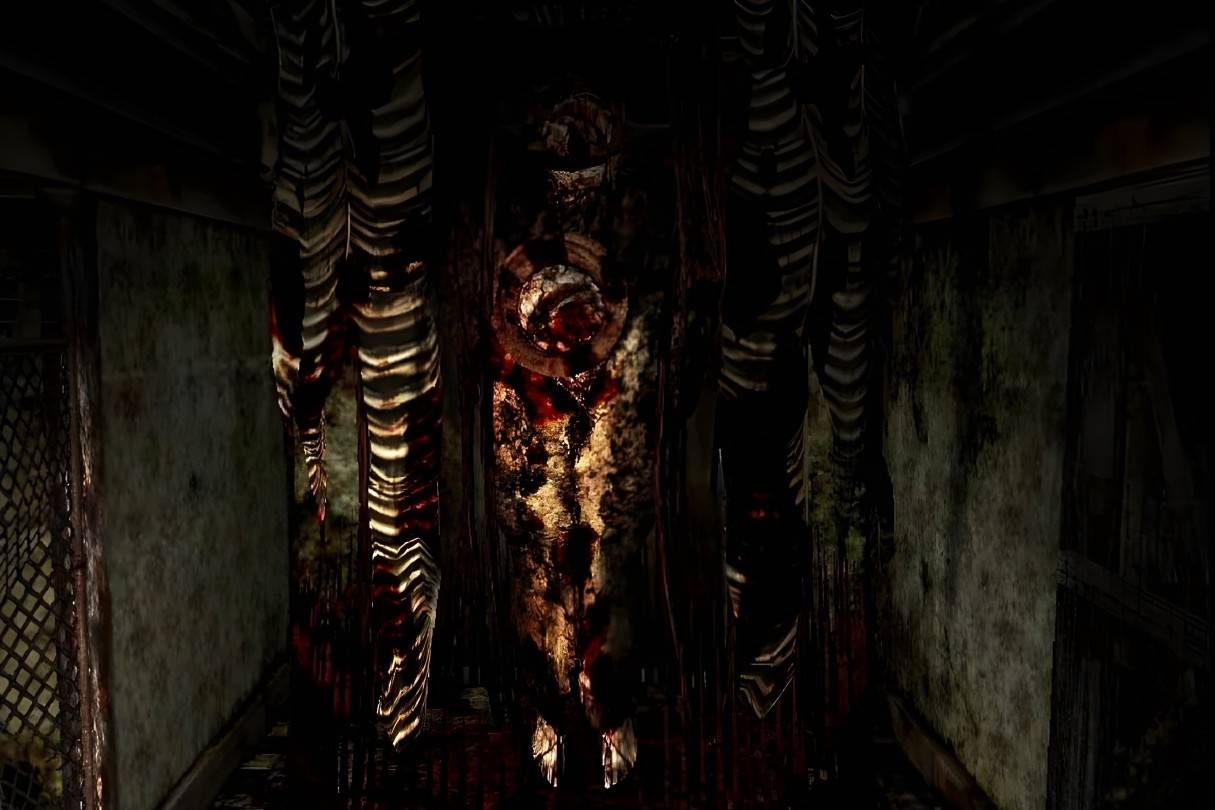 Image: ensigame.com
Image: ensigame.com
The Glutton, appearing in Silent Hill 3 (2003), is a massive, immobile creature blocking Heather Mason's path. While not directly threatening, it serves as a significant obstacle. Referenced in Lost Memories: Silent Hill Chronicle, the Glutton is linked to the fairytale Tu Fui, Ego Eris, symbolizing helplessness in the face of fate, mirroring Heather's struggles.
Closer
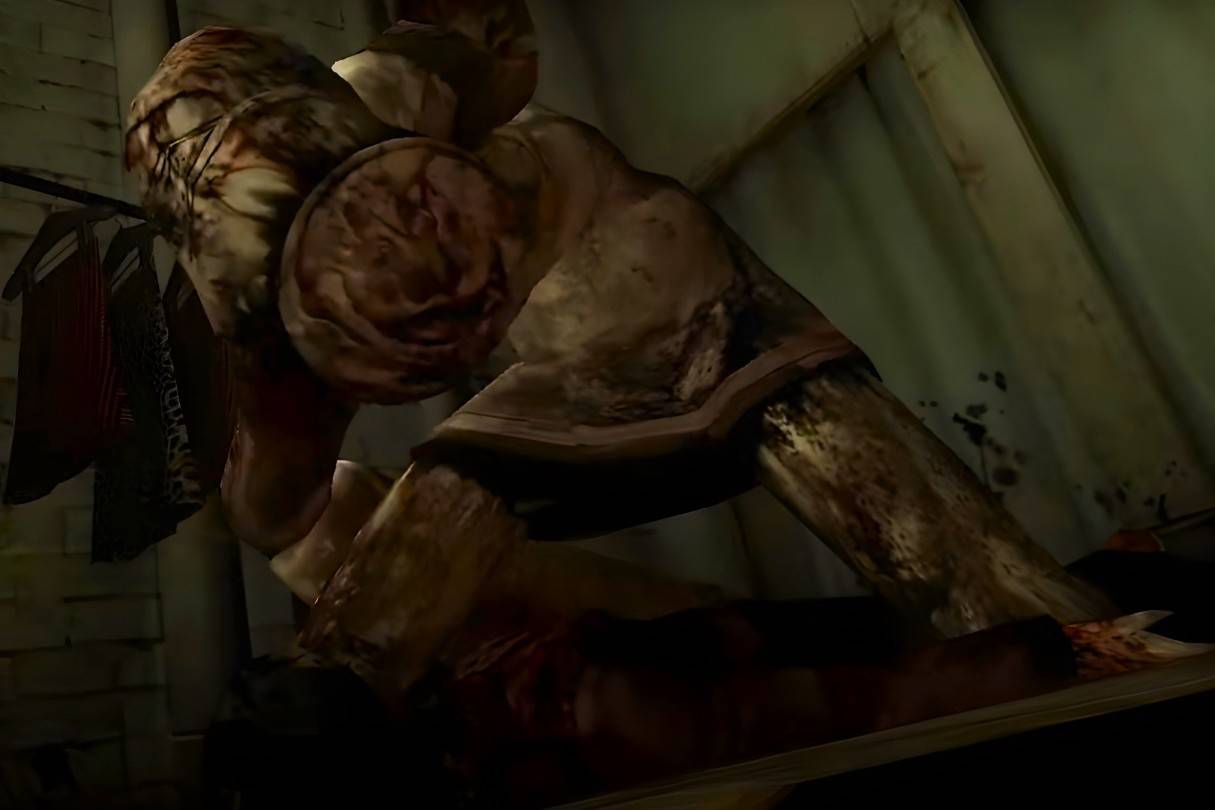 Image: ensigame.com
Image: ensigame.com
The Closer, Heather Mason's first encounter outside her dream in Silent Hill 3 (2003), is a towering figure with stitched arms and twitching lips. Lost Memories: Silent Hill Chronicle states its name refers to its ability to block paths.
Insane Cancer
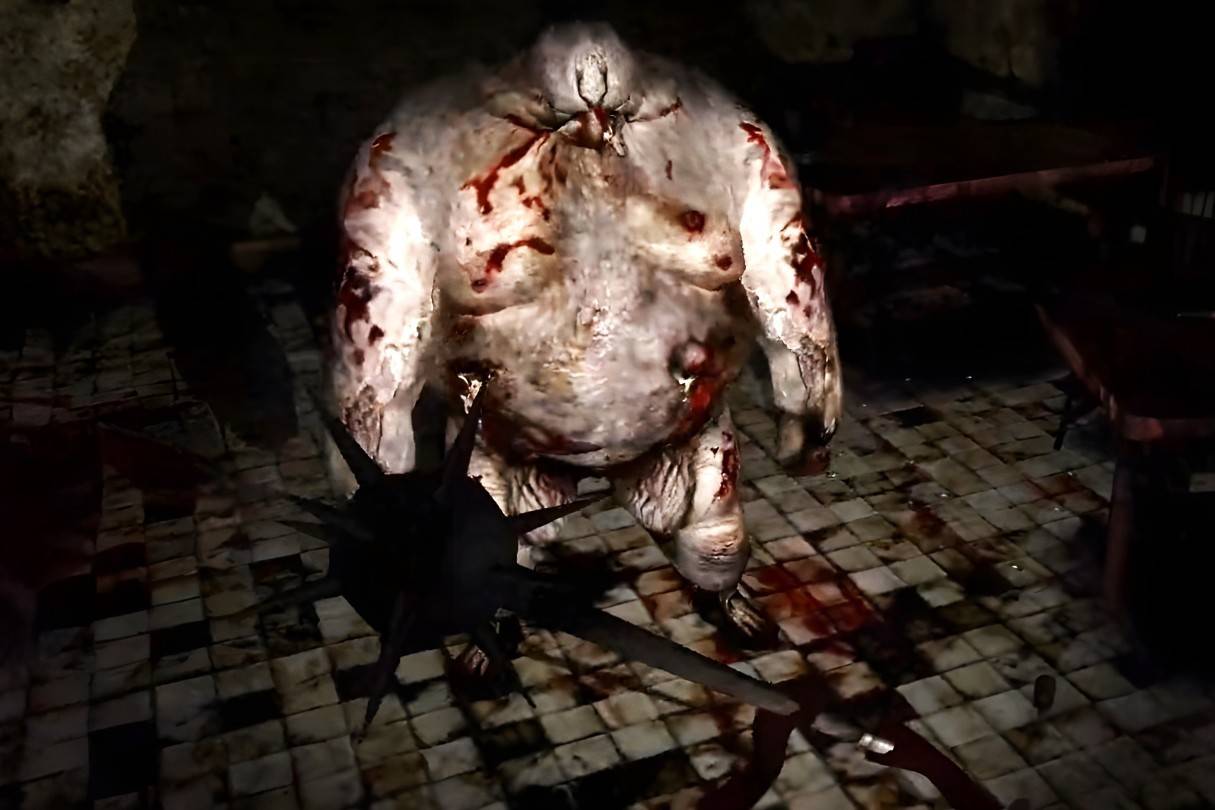 Image: ensigame.com
Image: ensigame.com
The Insane Cancer, from Silent Hill 3 (2003), explodes upon defeat. Described as a "cancer running wild," its grotesque form reflects disease and corruption, potentially symbolizing Silent Hill's spreading evil or Alessa Gillespie's self-loathing.
Grey Children
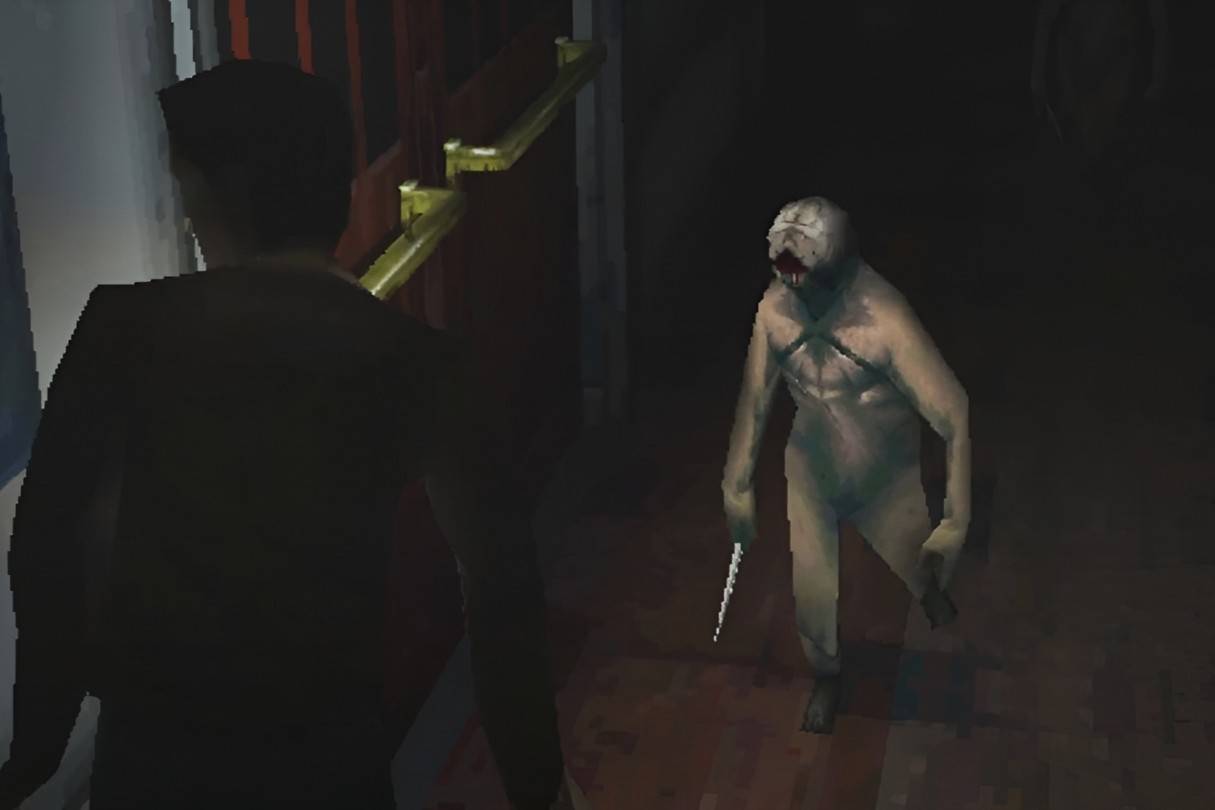 Image: ensigame.com
Image: ensigame.com
Grey Children, or Demon Children, from Silent Hill (1999), represent Alessa Gillespie's bullied classmates, reflecting her pain and revenge.
Mumblers
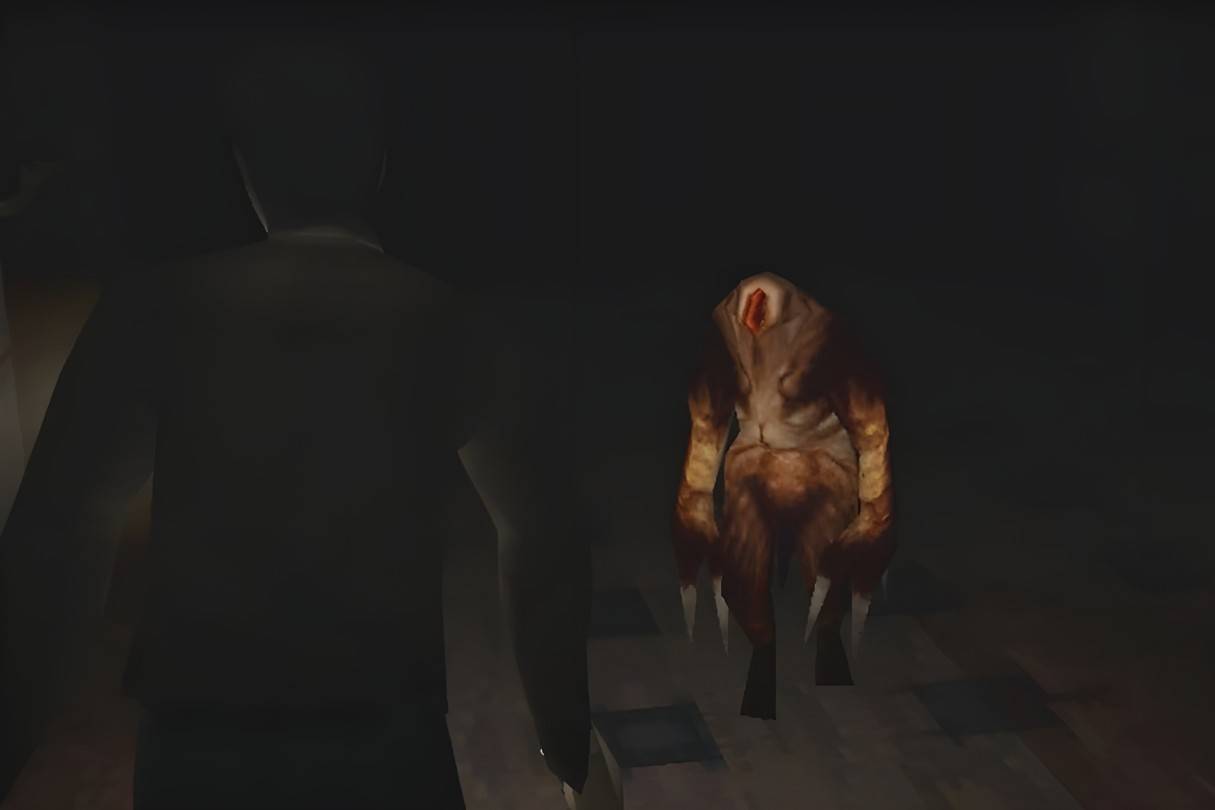 Image: ensigame.com
Image: ensigame.com
Mumblers, from Silent Hill (1999), embody Alessa's childhood fears and distorted imagination.
Twin Victims
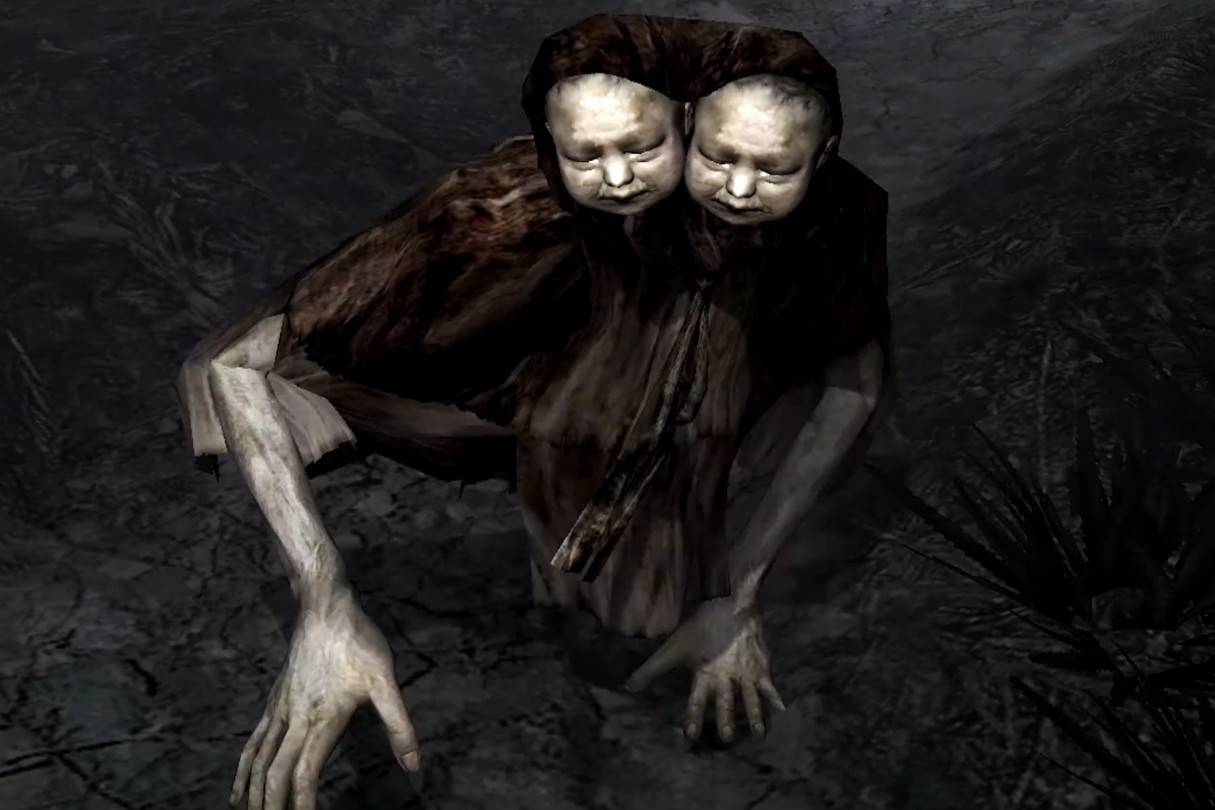 Image: ensigame.com
Image: ensigame.com
Twin Victims, or Doublehead, from Silent Hill 4: The Room, manifest Walter Sullivan's twin victims, symbolizing distorted familial bonds.
Butcher
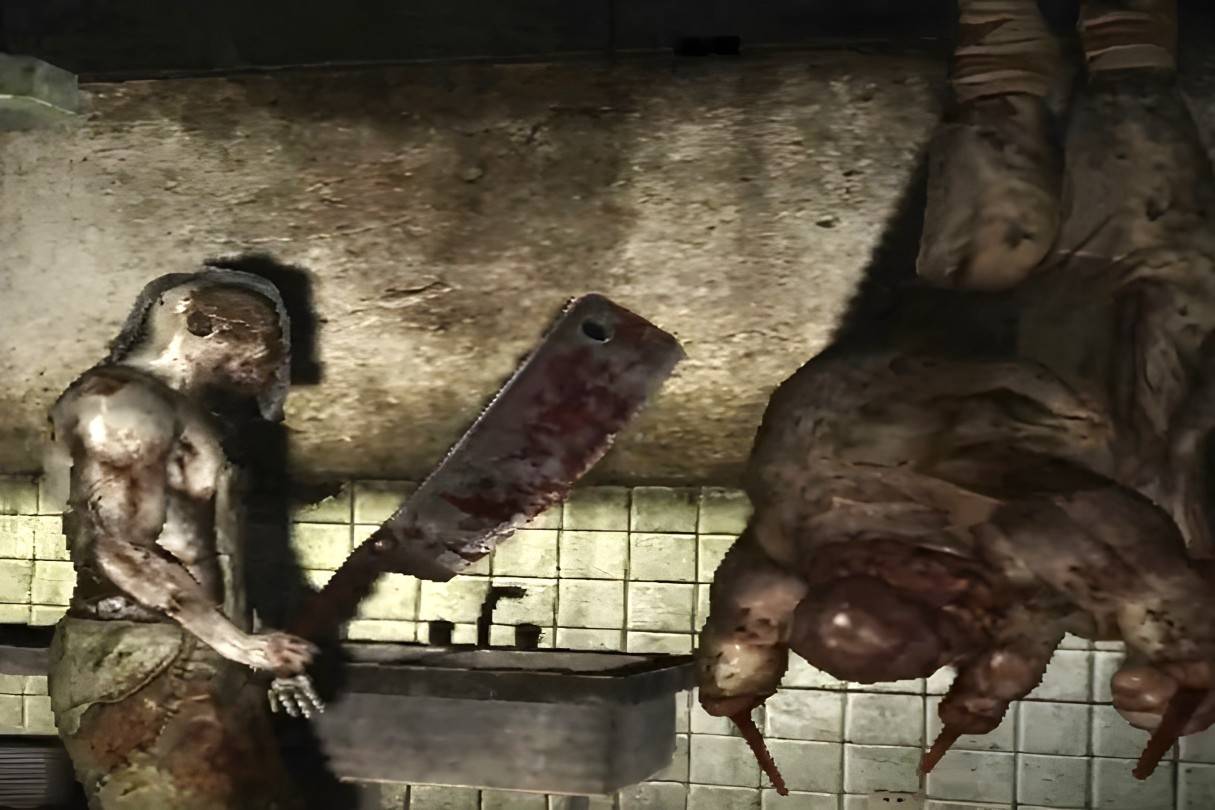 Image: ensigame.com
Image: ensigame.com
The Butcher, a major antagonist in Silent Hill: Origins, represents cruelty and sacrifice, reflecting the Order's rituals and Travis Grady's inner rage.
Caliban
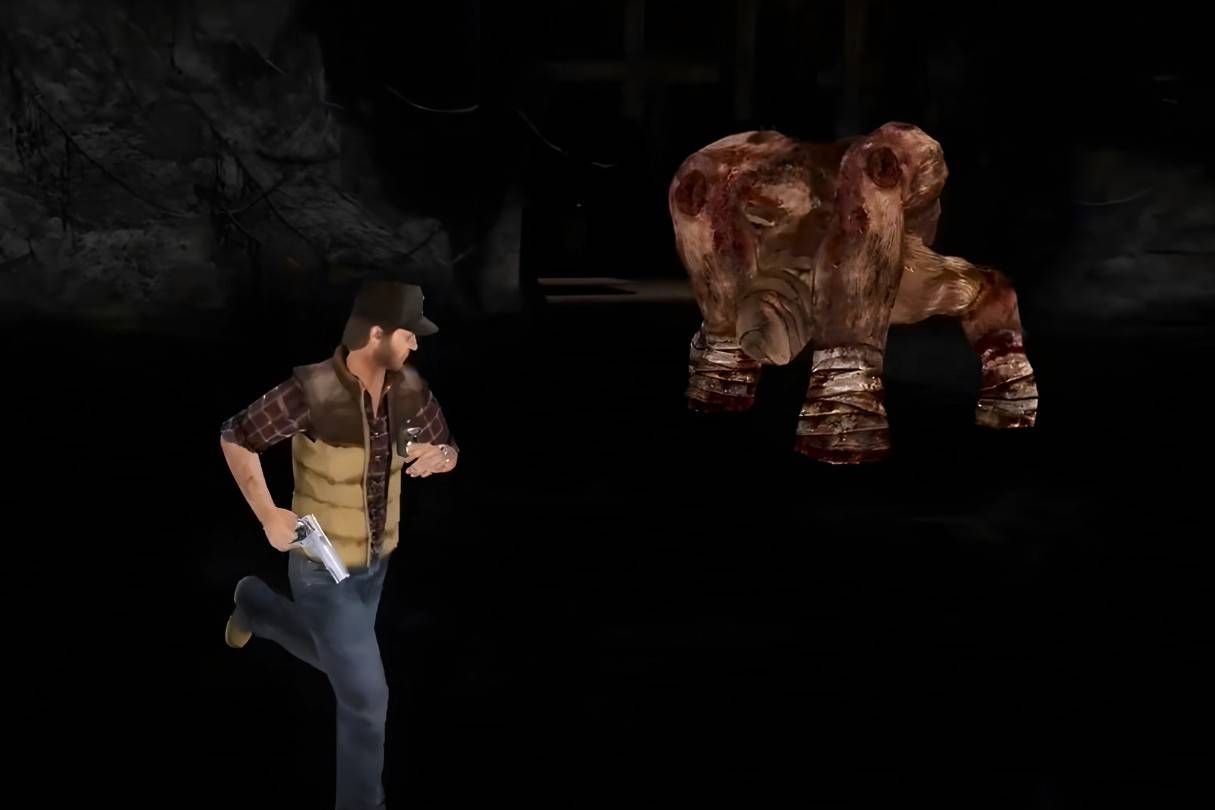 Image: ensigame.com
Image: ensigame.com
Caliban, from Silent Hill: Origins, takes its name from Shakespeare's The Tempest, symbolizing Alessa's fears.
Bubble Head Nurse
 Image: ensigame.com
Image: ensigame.com
Bubble Head Nurses, from Silent Hill 2, manifest James Sunderland's subconscious, symbolizing his guilt and repressed desires.
The Silent Hill monsters are more than just enemies; they are psychological manifestations of fear, guilt, trauma, and repressed emotions. Their haunting presence reinforces the series' signature blend of psychological horror, making it a masterpiece of unsettling storytelling and profound symbolism.

 Image: ensigame.com
Image: ensigame.com Image: ensigame.com
Image: ensigame.com Image: ensigame.com
Image: ensigame.com Image: ensigame.com
Image: ensigame.com Image: ensigame.com
Image: ensigame.com Image: ensigame.com
Image: ensigame.com Image: ensigame.com
Image: ensigame.com Image: ensigame.com
Image: ensigame.com Image: ensigame.com
Image: ensigame.com Image: ensigame.com
Image: ensigame.com Image: ensigame.com
Image: ensigame.com Image: ensigame.com
Image: ensigame.com Image: ensigame.com
Image: ensigame.com Image: ensigame.com
Image: ensigame.com Image: ensigame.com
Image: ensigame.com Image: ensigame.com
Image: ensigame.com LATEST ARTICLES
LATEST ARTICLES 